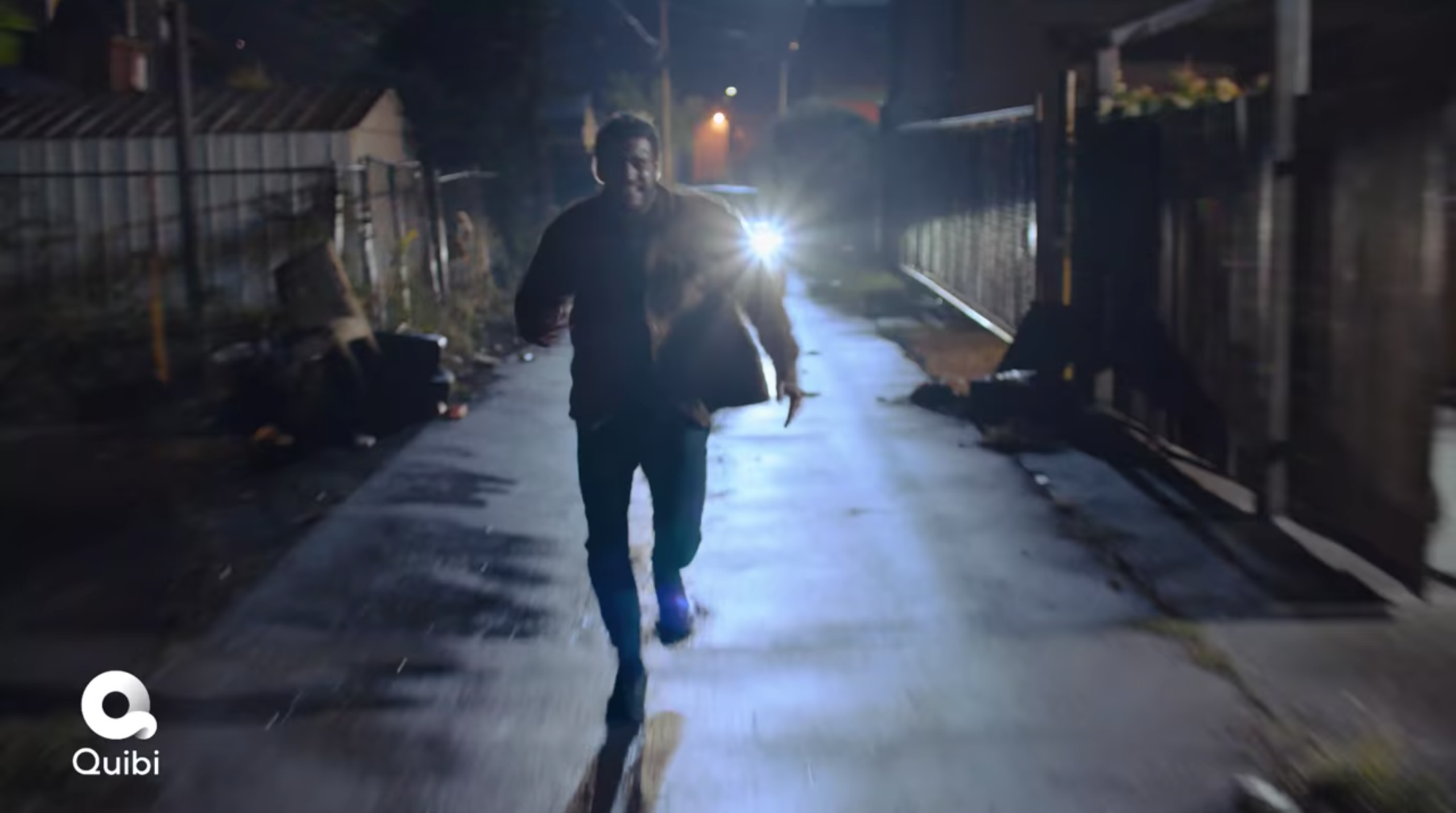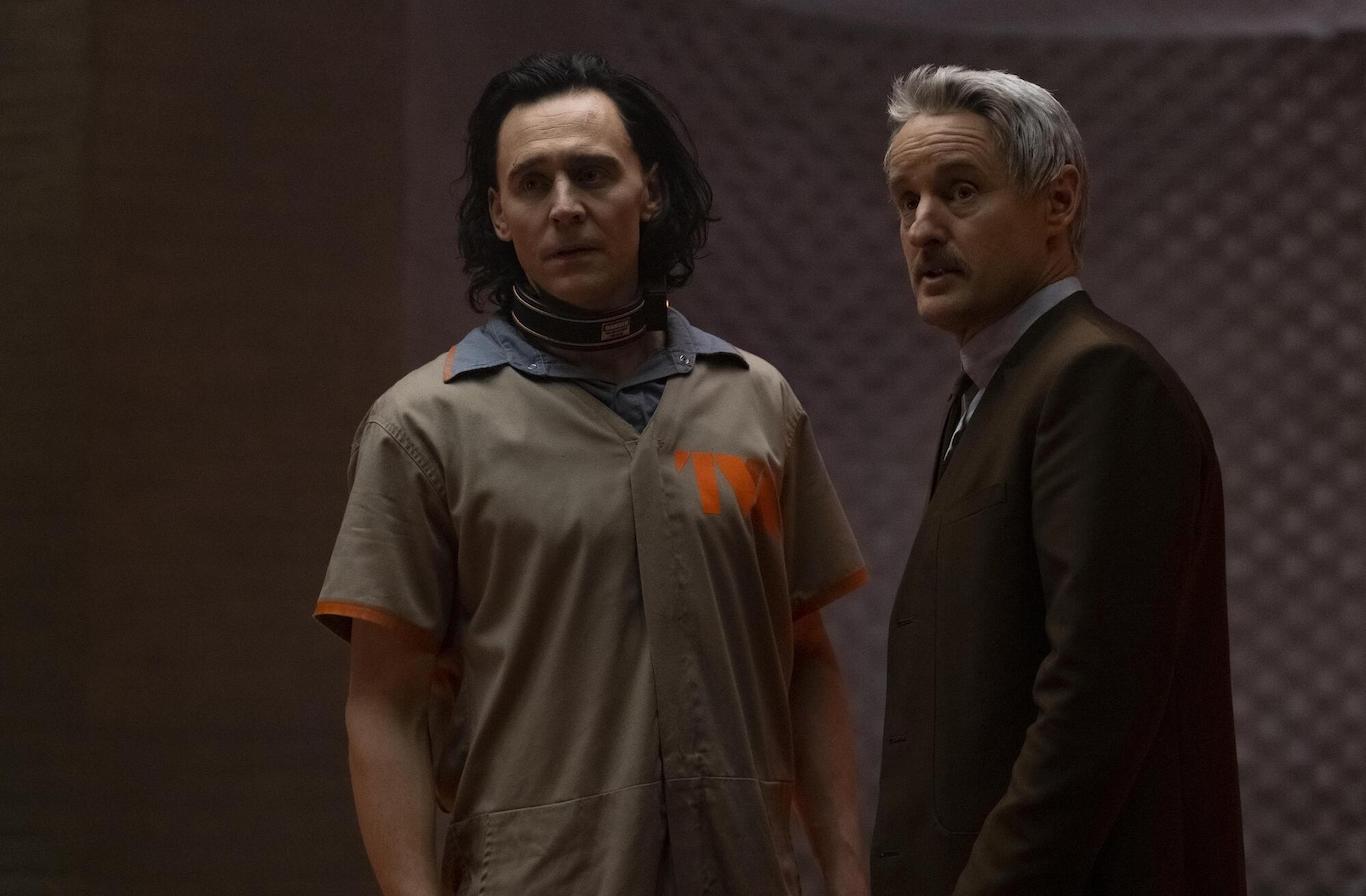Quibi’s Short Form Content Takes on a Short Story with Liam Hemsworth – Most Dangerous Game Review
Share

Now that Jeffrey Katzenberg’s Quibi has launched and has a fair amount of content, we can start to feel what it truly is, a premium social media video platform. Quibi’s shows often break down into three categories: those meant to feel like tv shows, those meant to play like YouTube videos, and “movies in chapters.” Most Dangerous Game falls into the third category. Regardless of how Quibi performs as a platform, this is a review of the structure and filmmaking of Most Dangerous Game. The dissection into Quibi-sized segments cannot be removed from the viewing experience, so it becomes part of the storytelling structure of the film.
“The Most Dangerous Game” is a short story written by Richard Connell and published in 1924. It tells the story of a big-game hunter from New York being hunted on an island. Most Dangerous Game is a 15-part Quibi series in which a former college athlete named Dodge (Liam Hemsworth) is hunted in modern day Detroit in a 5 person hunt, orchestrated by a facilitator, Miles (Christoph Waltz).
Unlike the short story, Dodge doesn’t fall off a yacht to find himself amidst a hunt. Dodge owns a building on commercial property that he is unable to sell and cannot see a way out of the financial predicament with his wife expecting a baby. When Dodge is diagnosed with cancer, he begrudgingly accepts a crazy offer, to be hunted for money. No guns. No cops. Just 24 hours running for his life in Detroit from 5 hunters that he doesn’t know.
The constant possibility, and likelihood, of death lead to paranoia and exhaustion. As the long day goes on, he has to keep running because in Most Dangerous Game, the hunters see Dodge’s location for 15 seconds every hour, so he can’t stay still.
It’s the pacing that comes with a narrative in which the main character can’t stay still that I think causes Most Dangerous Game to just feel… off. Watching short segments definitely has an impact on how you view the movie, or should its short chapters make it tv? These chapters, after the exposition, often contain blips over the course of an hour or two each. This time, being condensed into segments of less than 10 minutes can lead to two very distinct problems that sometimes can’t seem to be solved by finding a middle ground.
Sometimes, the chapters are fast and exciting and feel like an action movie. However, there is a fine line between that edge-of-your-seat feel and the hype without structure that comes with a movie trailer. Unfortunately, it occasionally falls into the latter. On the other end, when things slow down and we get updates on how many hours into the hunt Dodge has survived, we’ll learn of time leaps, up to six hours at one point. This pacing issue starts to feel like a plot hole upon closer inspection. When Dodge has his location given up every hour, that makes it highly likely for interaction each hour with at least one of the five hunters paying millions of dollars to hunt him.
These hunters, however, are somewhat absent. Without spoiling things, we, as viewers, are left not feeling like we knew why all of the hunters are participating. We are given little to no background on the hunters themselves, but we know they are wealthy and paid for the hunt. We know some have on multiple occasions. Even just that small background provided, the fact that all five are not more prominently involved in Dodge’s life and death game is perplexing. Or, if they are more involved, such as during the leaps in time, we have major plot holes.
Trying to separate the bite-sized portions from weighing down too much on the review, there are positive things to say about what we see during the episodes. This is a good place to note that all Quibi shows are available both vertically and horizontally. I watched the first three short episodes in both orientations, for science, and never felt any need to watch vertically after I felt my experiment had yielded credible findings. These findings were simply that, as one might expect, vertical orientation only leads to tight shots of speaking and reacting and often removes characters from their surroundings. This gimmick might play well for other programs, but it doesn’t offer anything to the viewer here.
The acting and action are significant steps up from anything previously mentioned. Hemsworth’s Dodge and Waltz’s Miles have this relationship so quickly established that makes you truly detest Miles while still understanding his usefulness in Dodge’s desperate situation through his cold and detached role as the coordinator. The characters are true to themselves, and you can feel them struggle with each decision that they must make with each new challenge faced.
Hemsworth is, physically, great casting for this role, playing a college level athlete, running all day and night just trying to survive. While his role rarely requires a nuanced performance, the performances of emotional struggles don’t ever feel out of place. His acting during the fight choreography is also a spectacle. It is exciting and leads to the next move, with each hunter he fends off providing a distinct flare when trying to kill their prey.
During the hunt, we see all over Detroit. This means downtown in skyscrapers as well as in the projects. There is a colorful world that the show seldom shies away from exploring. This really adds to the story because the environment so often proves to be pivotal throughout the hunt.
Most Dangerous Game is fast and exciting with solid performances by its two leads. It is fun to watch but doesn’t offer anything you haven’t seen before, except for the awkward feel of its release structure. If you can get past the episodic structure of what feels like a short episode tv show that clearly wants to be a movie, it’s a fun watch, especially now that all 15 episodes are available to consume in one sitting.




